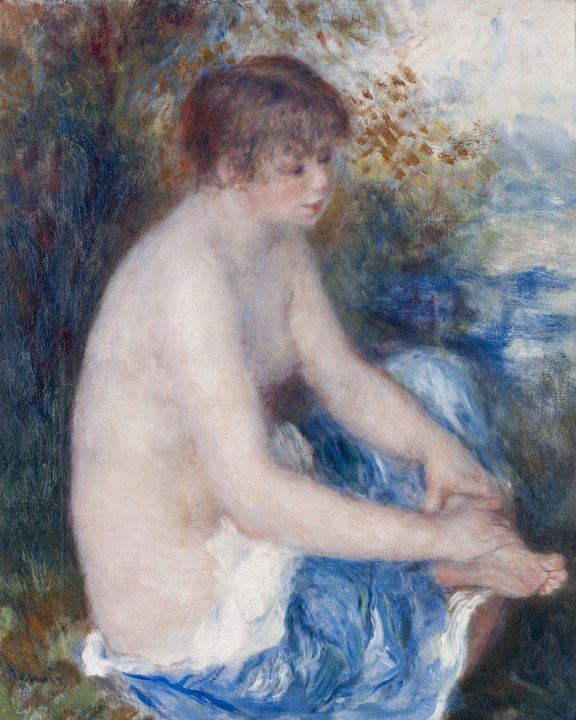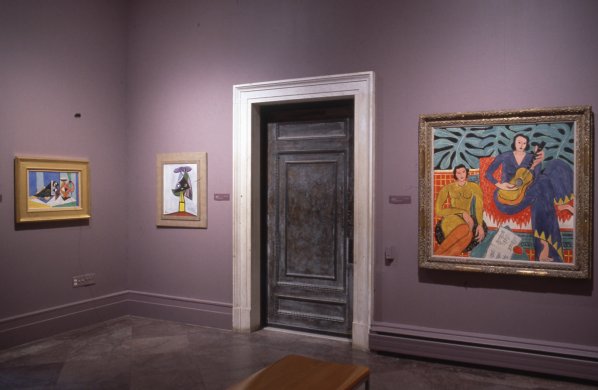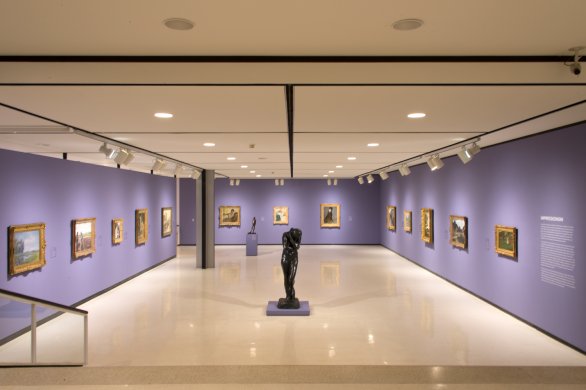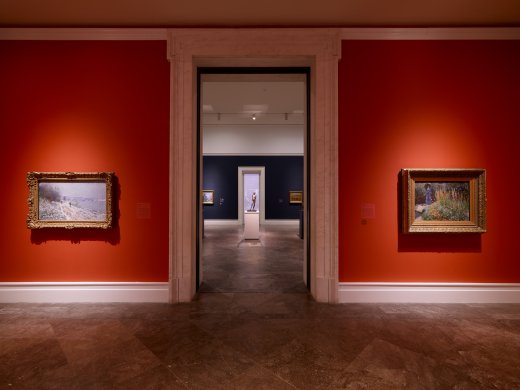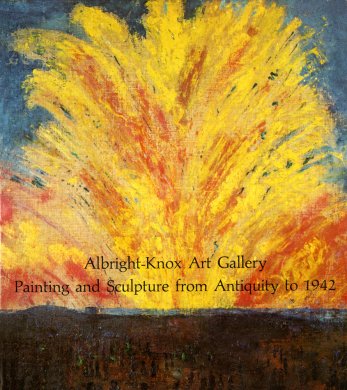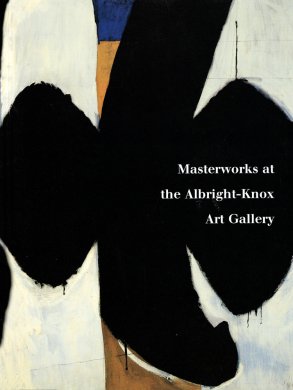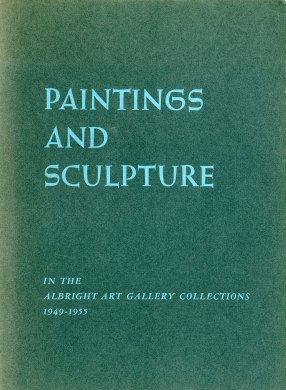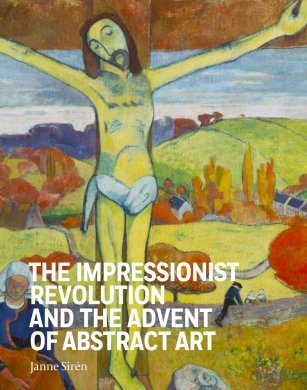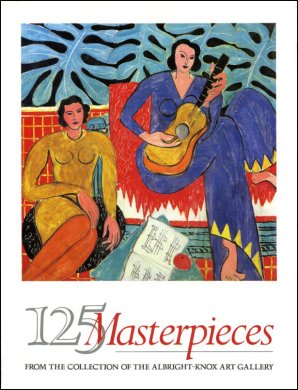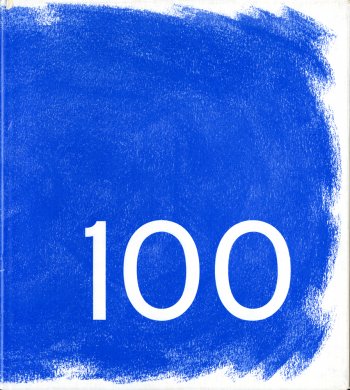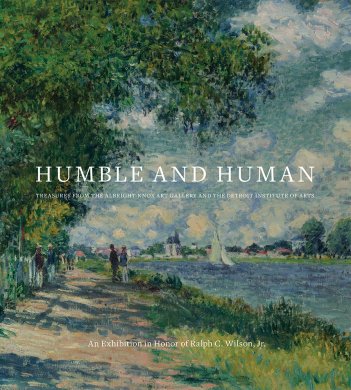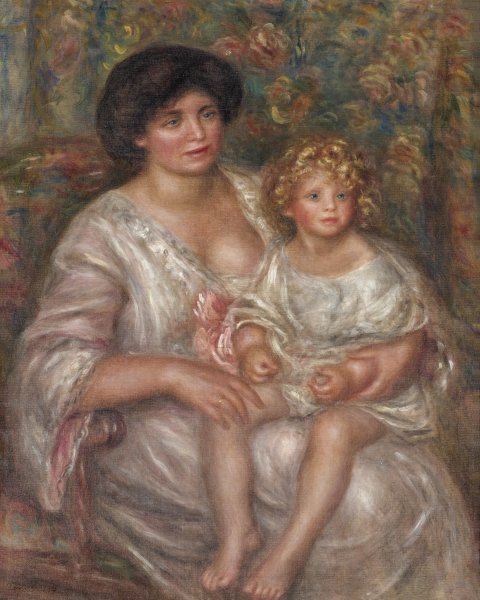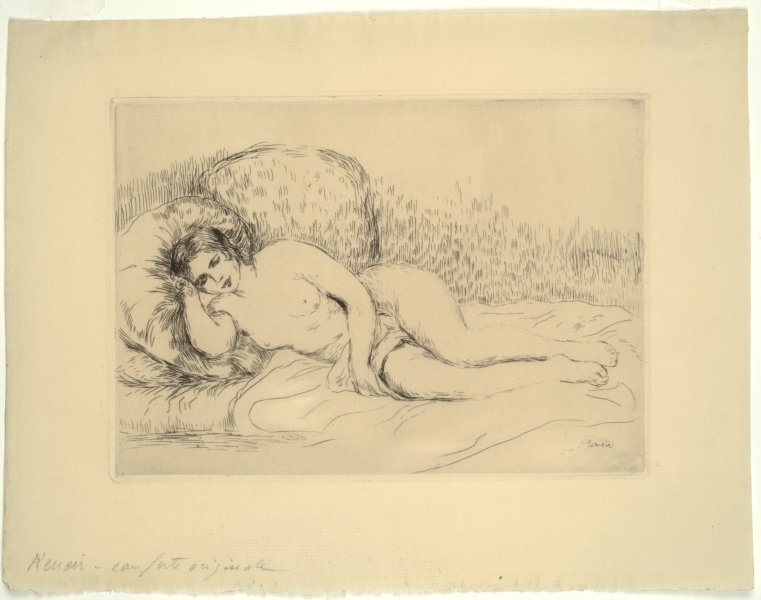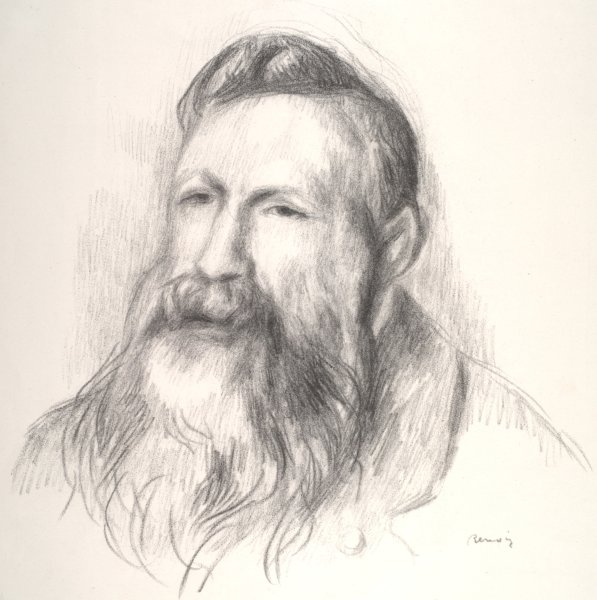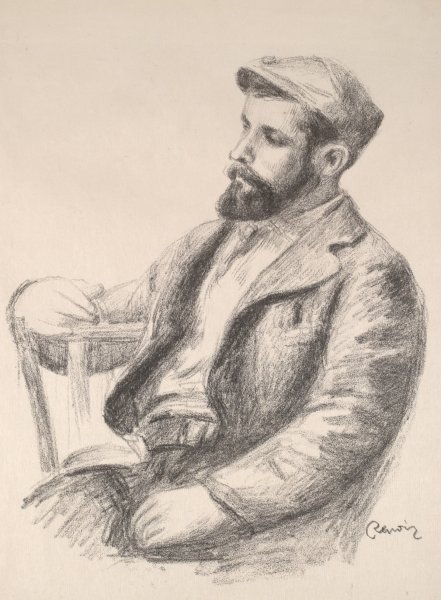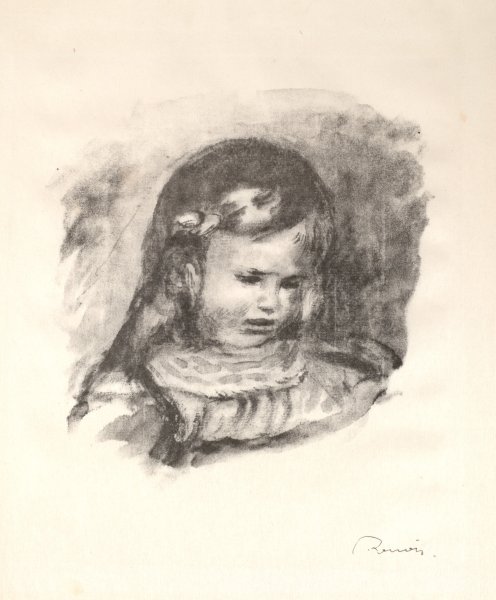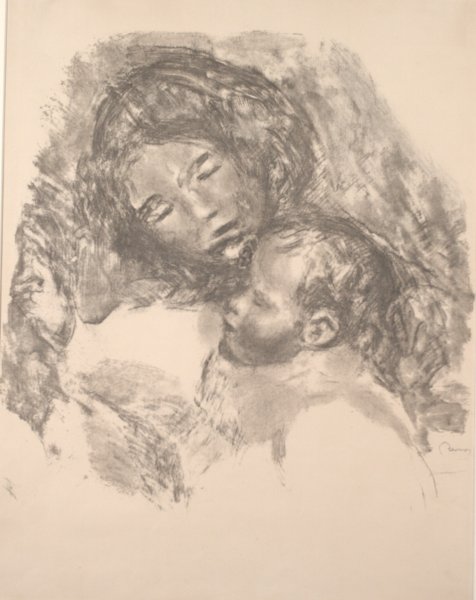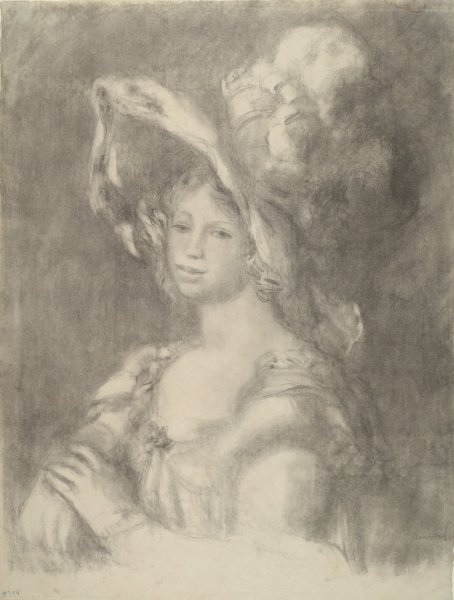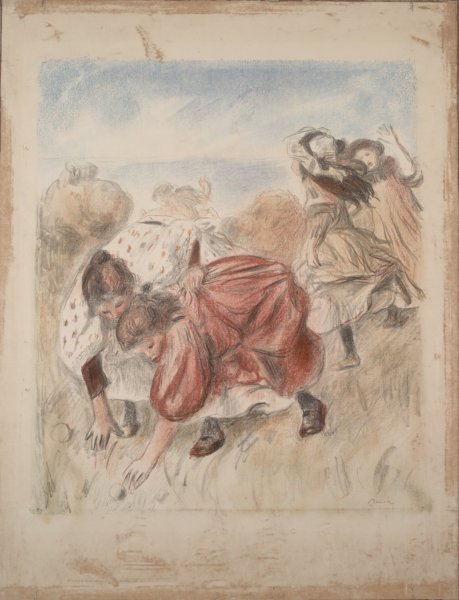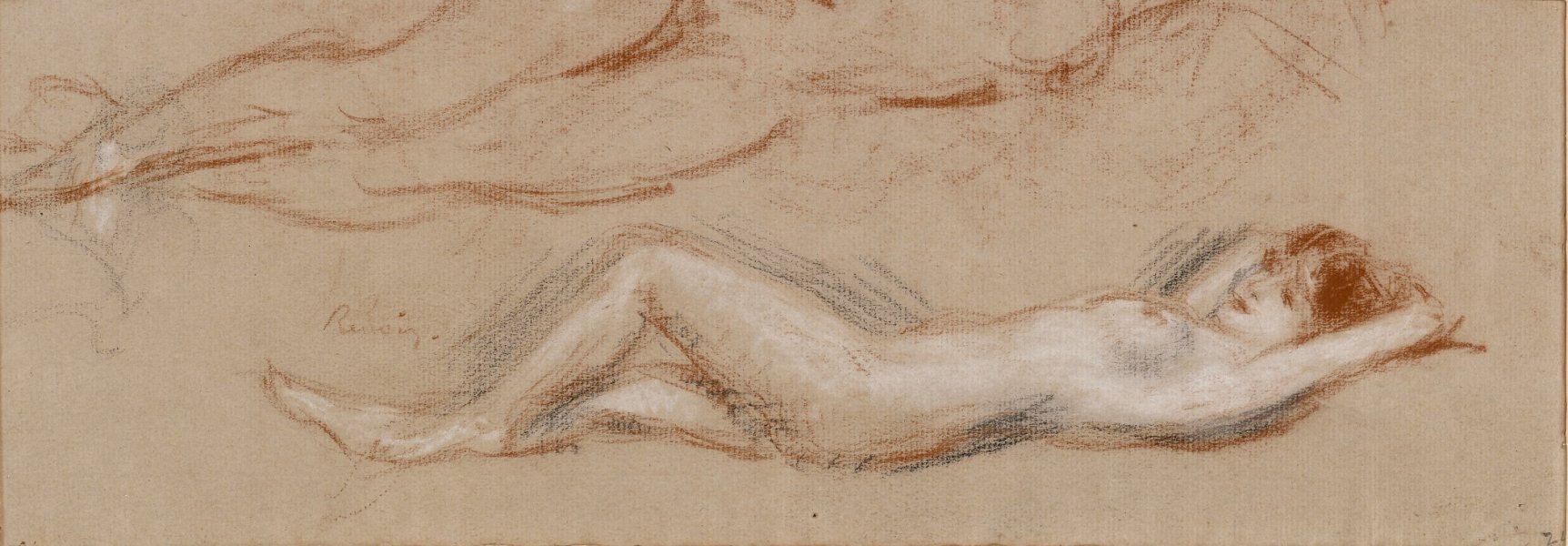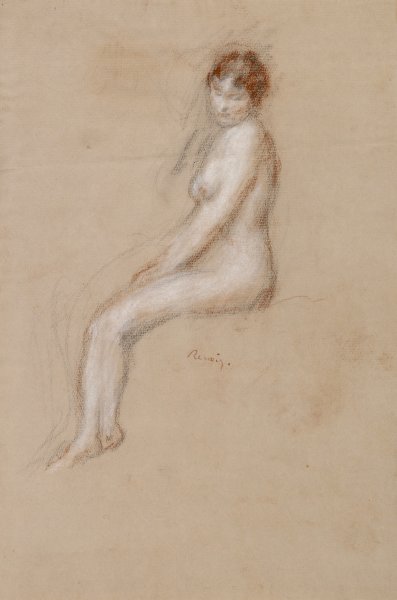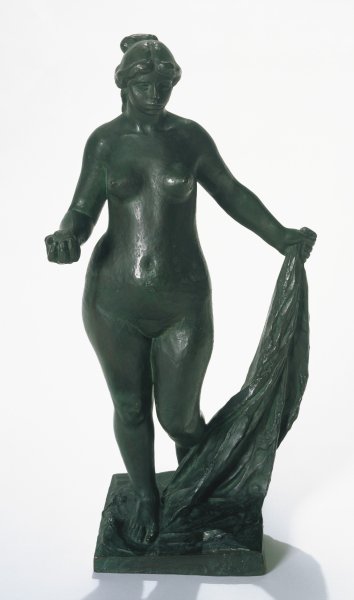Pierre-Auguste Renoir
French, 1841-1919
Petit nu bleu (Little Blue Nude), ca. 1878-1879
Artwork Details
Currently on View
Collection Highlight
Materials
oil on canvas
Measurements
support: 18 1/4 x 15 inches (46.355 x 38.1 cm); framed: 25 3/4 x 22 3/16 x 4 1/8 inches (65.4 x 56.36 x 10.48 cm)
Collection Buffalo AKG Art Museum
Credit
General Purchase Funds, 1941
Accession ID
1941:2
During the late 1870s Pierre-Auguste Renoir began applying Impressionist theory to the rendering of the human figure—a process that would lay the foundations for the rest of his artistic career. Ultimately, Renoir developed an ideal body type: placid, soft-textured women who possess physical qualities reminiscent of the voluptuous nymphs often depicted in eighteenth-century French Rococo painting. The artist became increasingly preoccupied with the ways in which light danced over these supple, receptive surfaces, and his preferred subject after 1876 was the nude bather. The model that sat for Little Blue Nude is traditionally identified as Marguerite “Margot” Legrand (French, unknown–1879), a young woman whose skin Renoir said “took the light.” He painted her several times during this period. Here, she appears in a sleepy, dream-like state, posed in a natural, but abstracted landscape. In the artist’s own words, such paintings embody his desire “to paint nudes as if they were some splendid fruit.”
